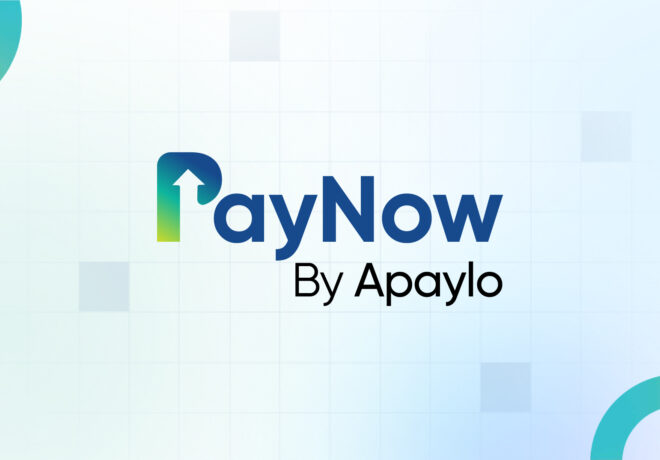In physics class, we all learned that friction is the force that resists the relative motion of materials (be it surfaces, fluid layers etc) from sliding against one another. More friction, more resistance, simple. So what is payment friction, and are you experiencing it? The second answer is likely yes, but first, let me explain the former.
Payment Friction in Canada
Just as there’s less friction moving a box across a carpeted floor vs. a tile one, a low friction payment means there’s little resistance in completing it. One of the first strides in this was when Canadians began switching to online banking; for example, if I wanted to deposit a cheque, I no longer need to go to a branch or an ATM. With smartphones, today, simply taking a photo and sending it through my bank app suffices. There is a whole lot less friction in this regard, and that’s why the grand majority of Canadians use online banking (89%). E-commerce, pushed along by COVID, only further pushed the envelope for digital banking; a few buttons click from the comfort of your home to purchase goods and services. Sign me up!
However, as we grow more used to online banking, we start to pick apart the flaws that do exist within the system. In fact, there is continual research that explores any new payment pain points and frustrations from the eyes of consumers. Last summer, 57% of Canadians reported having experienced payment friction recently. Often these experiences were tied to not being able to use their preferred payment method or were frustrations regarding transfer amount limits. While we will look at frustrations and their correlation with demographics shortly, there are some universal payment friction traits that the public at large wants to overcome.
Trends in Digital Payments
Younger Canadians (aged 18-34), some having grown up their whole life with digital products and services, have frustrations about payment accessibility. They want fewer steps to complete in a payment, a shorter window for online payments to process and having more payment methods at their disposal when dealing with merchants, and limits on transfer amounts. Another major payment friction strongly considered by the younger generation is the lack of contactless payments for store purchases. 31% of this group expect card tap-to-pay, or mobile methods like Apple Pay, to be accepted by merchants given their move towards cashless lifestyles. While every second Canadian (48%) experiences payment frustrations when paying their bills, the number is close to 2 out of 3 (65%) for younger Canadians.
Since senior Canadians in the 55+ range use a wider range of payment methods, payment friction in some ways is less of a focus for them. For example, while the majority of young Canadians (70%) use Interac e-Transfers as their main P2P payment method, this is only 57% amongst older folks. Bank transfers (21%), cheques (9%), and cash (8%) make up the bulk of the rest. Senior Canadians are primarily concerned about improving security by executing P2P payments, and who can blame them? According to Mercator Advisory Group’s 2022 report, 71% of the Canadians polled paid for a product or service that they ordered but which was never delivered, and nearly half lost some money when using a P2P (Peer-to-Peer) service. While technology and security progress, so too do the capabilities of digital thieves and fraudsters. As more tech-savvy generations grow and less-savvy decline, we can venture that these stats will migrate in the coming years to more and more digital payments.
Frictional Future?
So what can you as a business owner, or even a fintech enthusiast take away from this? For starters, consumers want choice. They expect it. Even in the age of electronic payments, some still wish to stick with traditional methods. While it can be costly to offer a variety of payment methods, especially for a smaller business, having the option (especially digitally) will help in the long run. Whether it’s the point of sale of a store, e-commerce, or the opportunity to pay bills and taxes, companies can no longer avoid digital payments, and the minimal friction they bring. Convenience, speed, security, traceability, and payment options are all key considerations that factor into a Canadian’s payment experience. Knowing how to cater to these will be instrumental in cultivating a frictionless payment experience, and mitigating frustration. Apaylo’s Bill Payment Service has the potential to minimize payment friction for you and more. Accept recurring payments from your customers, while reducing chargebacks and fees. This solution is perfect for subscriptions, and monthly payments, and can uniquely integrate into your payment system. Meet your customers in their preferred billing and payment channels – mobile, online, phone, in-person, or mail – while reducing costs and payment friction, improving customer satisfaction, and promoting customer self-service.
If you would like to experience less friction with your payments. Contact us to chat.
Get paid, period!







